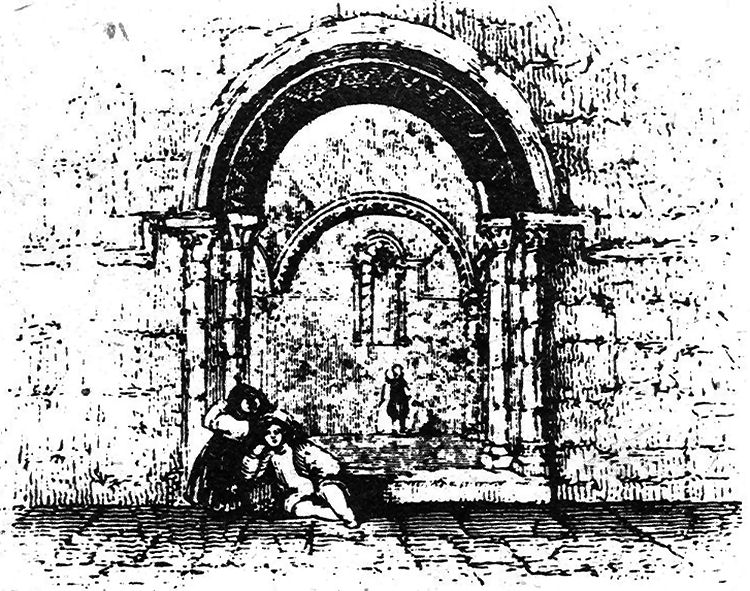Page Updated:- Sunday, 07 March, 2021. |
|||||
 Published in the South Kent Gazette, 10 September, 1980. A PERAMBULATION OF THE TOWN, PORT AND FORTRESS. PART 112.
NAPOLEONIC DEFENCES One 20th century Lord Warden who was not installed in the College grounds, however, was Earl Beauchamp. He succeeded Earl Brassey, who resigned in 1913, and he was installed on Bredenstone Hill. The modem adaptation of the Western Heights for military purposes commenced during the American War. Previous to that time the inhabitants of Dover, foot and fancy free, were able to roam at will over those breezy hills, on which there was no object to break their rural character, except the “Devil’s drop of mortar,“ for the Knights Templars’ house had by that time been destroyed, and the foundations of the church had not been uncovered. The first Military works on this hill were but trenches and isolated blockhouses, with a miscellaneous collection of 72 heavy guns planted along the ridge commanding the approach from the sea. These works did not bar the public from rambling over the Western Heights, and when Peace was made with America, these guns were left amidst the herbage, with flocks of sheep feeding around them, forming a curious pastoral picture. At the beginning of the 19th century, when Napoleon Bonaparte threatened to invade England, the Western Heights was further fortified, and its fortifications were completed fifty years later. When these Heights were completely enclosed several roads of approach were made. One main carriage road was made over the hill from the Old Folkestone Road, carried by two bridges through the Military works, and emerging on the northern side, from which the North Military Road led down Military Hill into York Street. Another short road from Archcliffe Port led up to the Military Hospital, and from thence continued by a footpath to the North and South Road. There were also two other approaches made—-the Sixty-four Steps from Adrian Street up to a path leading to the Drop Redoubt, and the Grand Shaft, from Snargate Street, which approach, is fully described in an earlier chapter. At times the whole of these entrances to the Western Heights were closed except to those holding passes, but usually they were all open to the public in the day time, except the Sixty-four Steps. The Steps themselves, however, are always open, and the view of Dover to be seen from the top well repays the labour of climbing. Better views, however, are obtained from the top of the hill, which may be approached by either of the other roads.

An excellent modern aerial view of the elaborate system of Napoleonic fortifications on the Western Heights with its deep moats commanded by numerous casemates. Bottom left is Snargate Street.

Above is an old engraving of the doorway of St. John’s or the Royal Chapel in the Castle Keep with richly ornamented arches in Saxon style. Above the chapel were the Royal apartments.

An attractive painting in oils of men of war off Dover, in 1652. The picture, in the Rutland Gallery, London, is by Isaac Sailmaker, who painted for Oliver Cromwell. The vessels shown are part of the English Navy under Blake which was defeated by a Dutch fleet led by Admiral Tromp who was reputed to have ordered a broom to be lashed to his masthead as a sign that he had swept the Channel clear of English vessels.
|
|||||
|
If anyone should have any a better picture than any on this page, or think I should add one they have, please email me at the following address:-
|
|||||
| LAST PAGE |
|
MENU PAGE |
|
NEXT PAGE | |